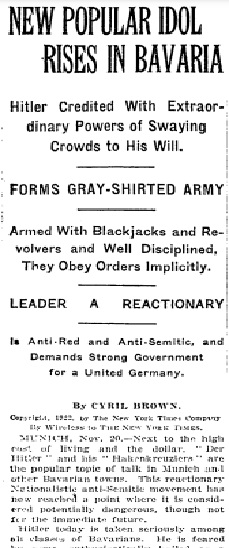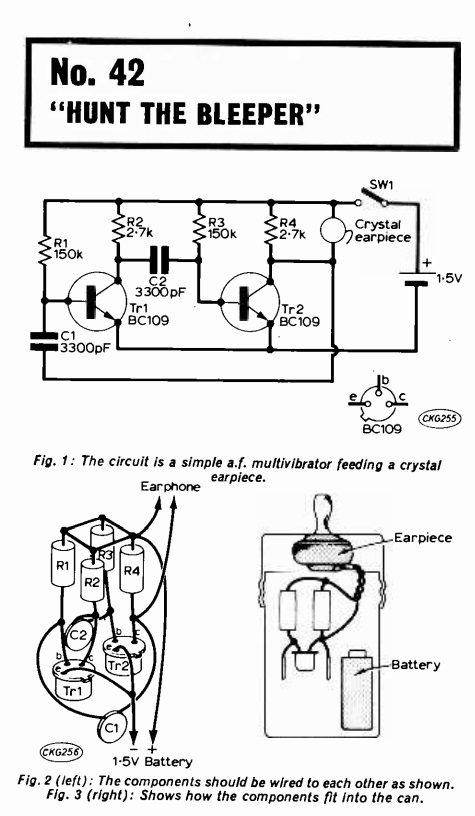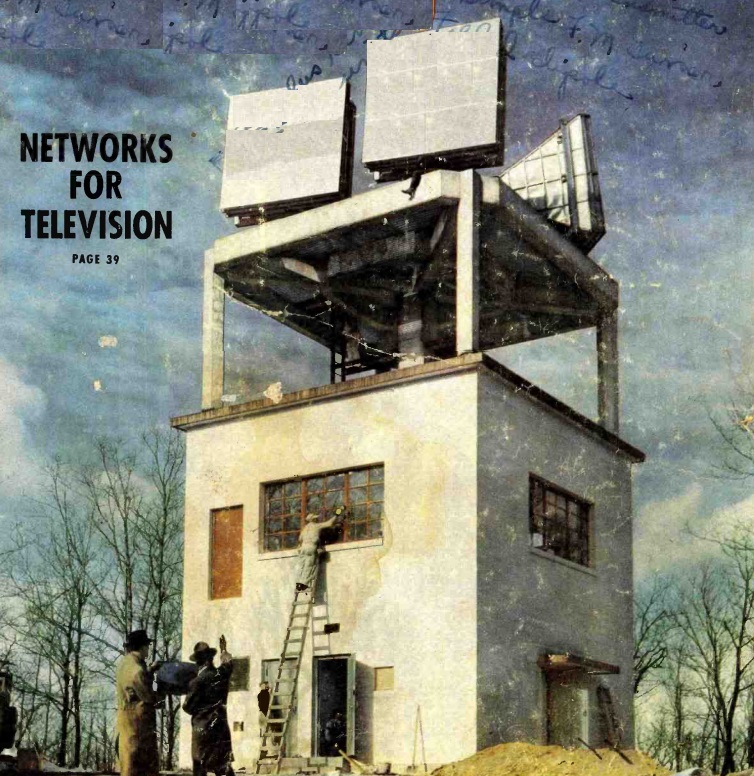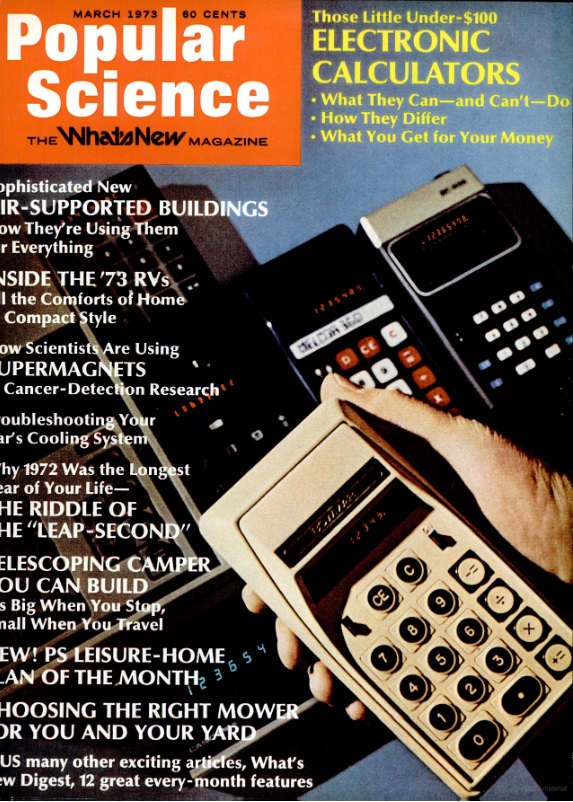 The March 1973 issue of Popular Science reported that in the past year, a million Americans had become owners of electronic calculators, and the prices had fallen below a hundred dollars for the basic models. In 2023 dollars, that hundred dollars would be the same as $673, so it still wasn’t a trivial proposition. But they were quickly becoming an item that people could consider owning.
The March 1973 issue of Popular Science reported that in the past year, a million Americans had become owners of electronic calculators, and the prices had fallen below a hundred dollars for the basic models. In 2023 dollars, that hundred dollars would be the same as $673, so it still wasn’t a trivial proposition. But they were quickly becoming an item that people could consider owning.
As I’ve recounted previously, a few months later, I recall uncharacteristic jealousy of the kid sitting in front of me in one of my classes whose parents coughed up $79 for his very own pocket calculator. It was just three years later when I was shocked to see the TI-30 scientific calculator in the store for only $29, and I quickly snatched it up, and it saw me through high school. By then, four function calculators were in the under-$10 category, and it was clear that they were around for the long haul. Teachers still said, “but you won’t always have a calculator with you,” but it was soon clear that even they were wrong.
The magazine included a buyer’s guide, and for the newbies, even showed the exact key strokes necessary to carry out everyday math such as balancing your checkbook (a largely forgotten art, it turns out).
Today, of course, the calculator is a practically free commodity item, as evidenced by some of the ones below, all available with free shipping:
Some links on this site are affiliate links, meaning that this site earns a small commission if you make a purchase after following the link.

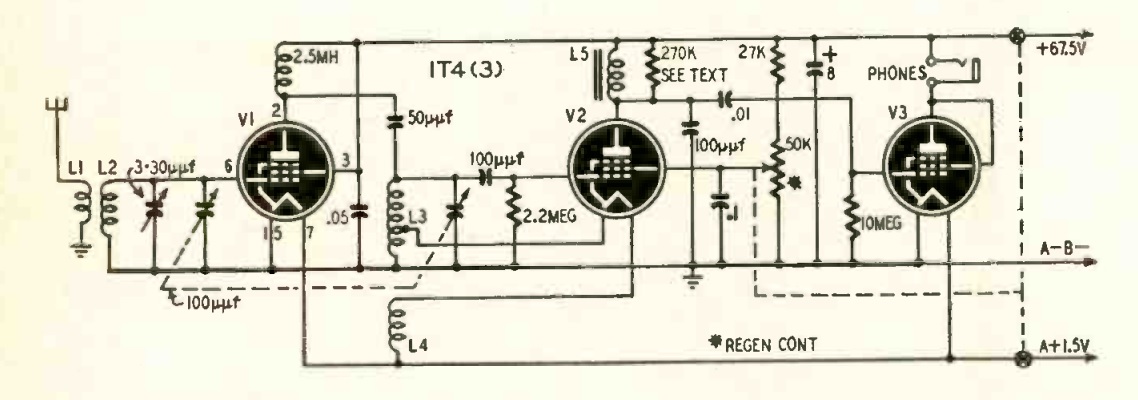
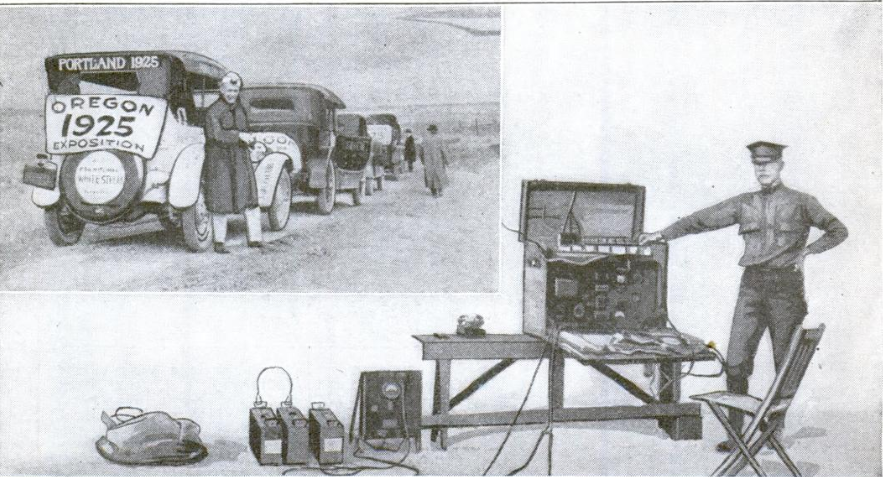
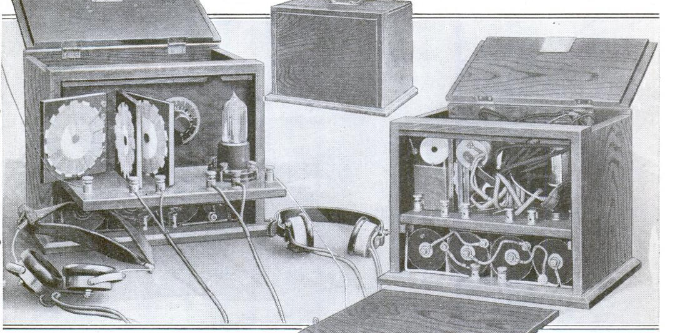
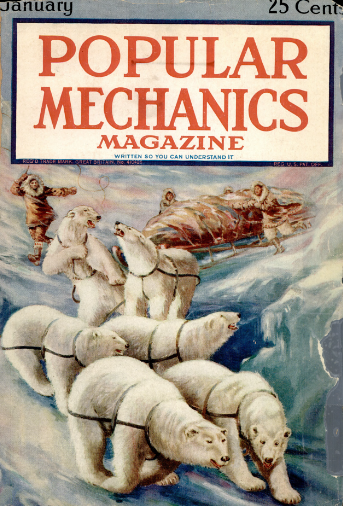
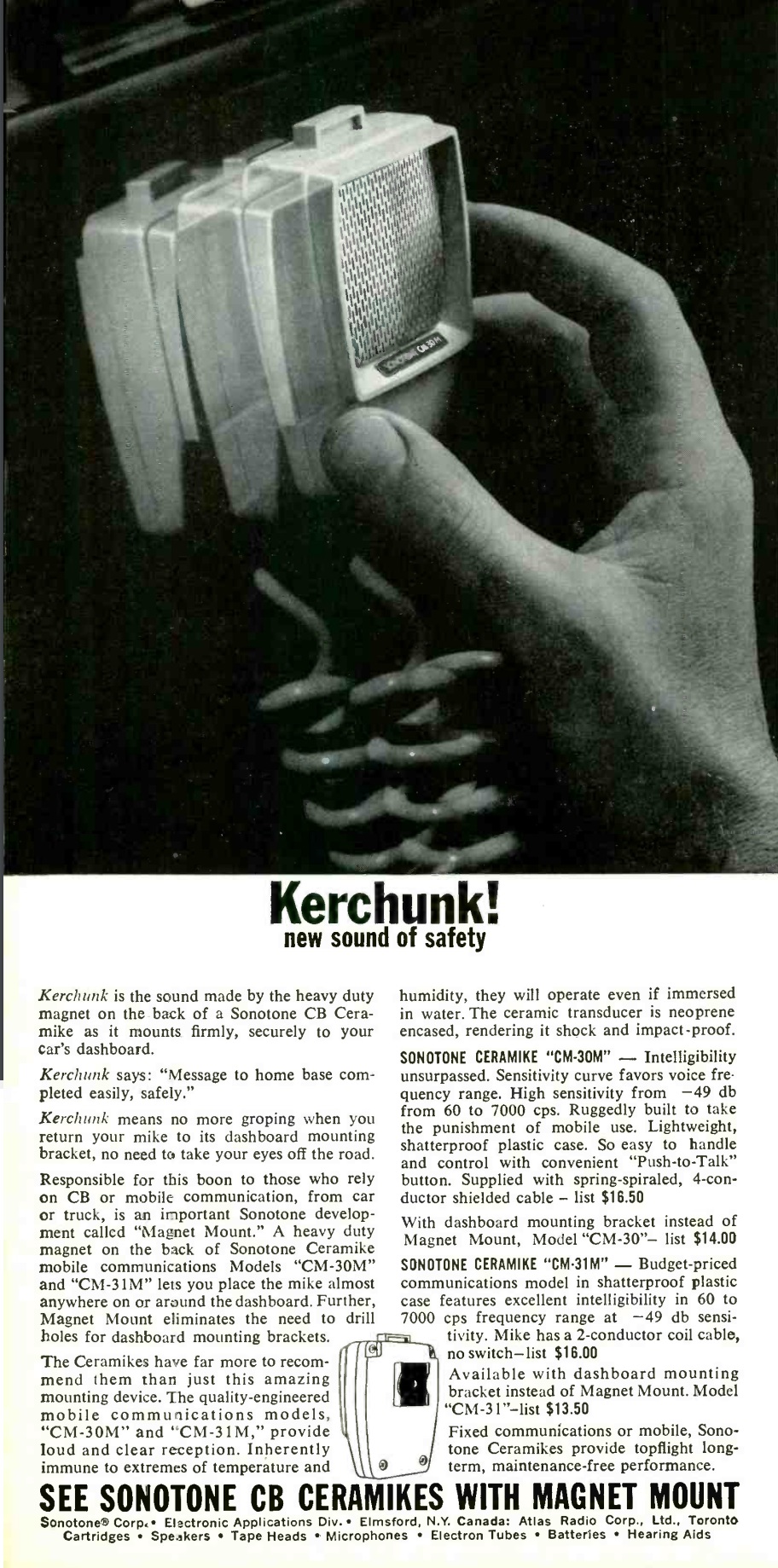
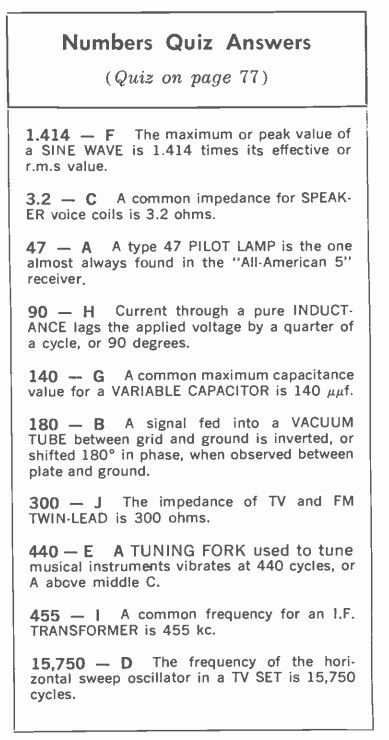

 about his experiences living in Kyiv, Ukraine, in the middle of a war. Wlad, like me, is an attorney, and lived a middle-class existence similar to mine, until Russia invaded eastern Ukraine in 2014. He and his family then relocated to Kyiv, but with Russia’s 2022 invasion, he was once again in the middle of the war. His wife and teen son and daughter evacuated to Poland, where they were able to find an apartment, thanks in part to the generosity of friends in America and elsewhere.
about his experiences living in Kyiv, Ukraine, in the middle of a war. Wlad, like me, is an attorney, and lived a middle-class existence similar to mine, until Russia invaded eastern Ukraine in 2014. He and his family then relocated to Kyiv, but with Russia’s 2022 invasion, he was once again in the middle of the war. His wife and teen son and daughter evacuated to Poland, where they were able to find an apartment, thanks in part to the generosity of friends in America and elsewhere.